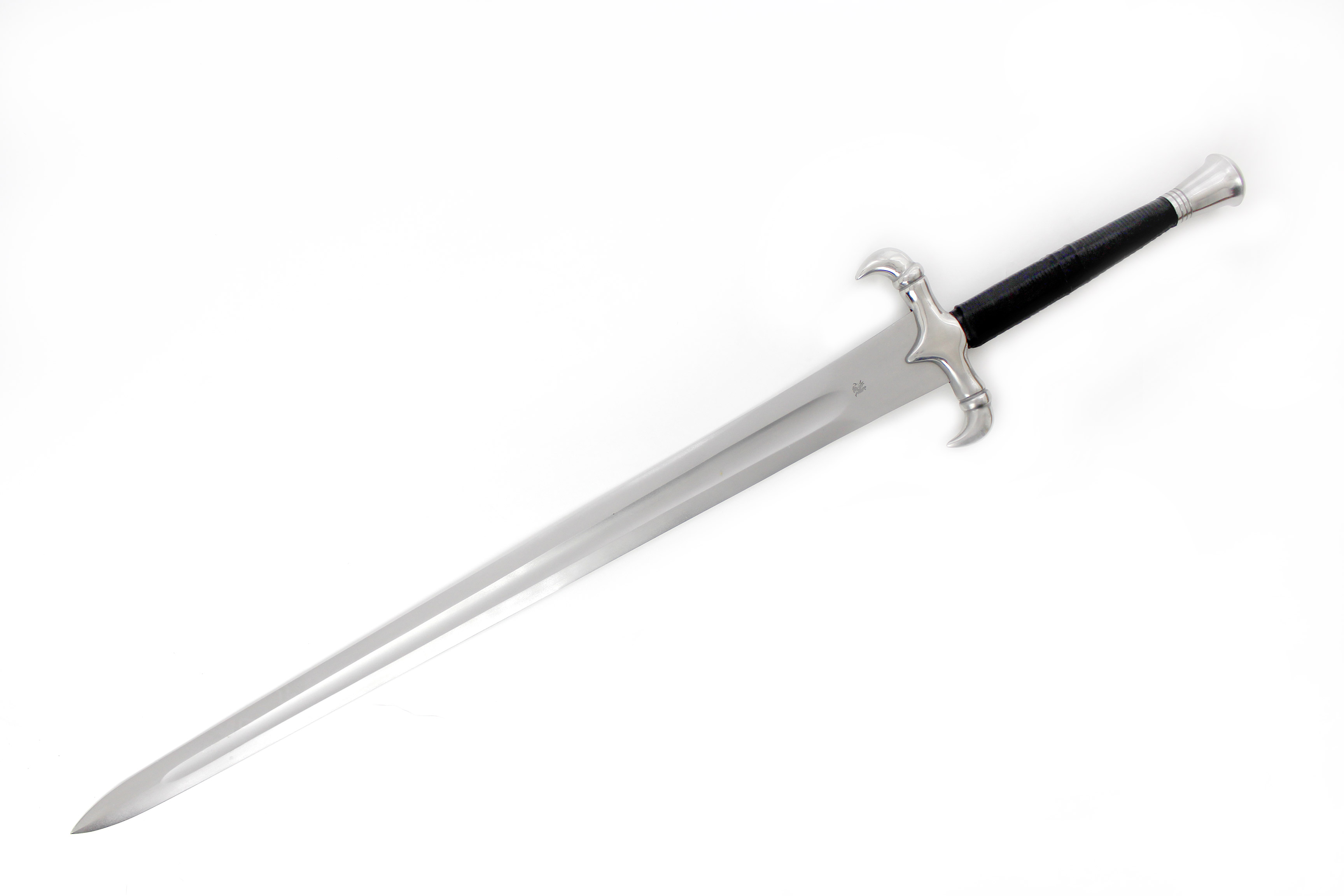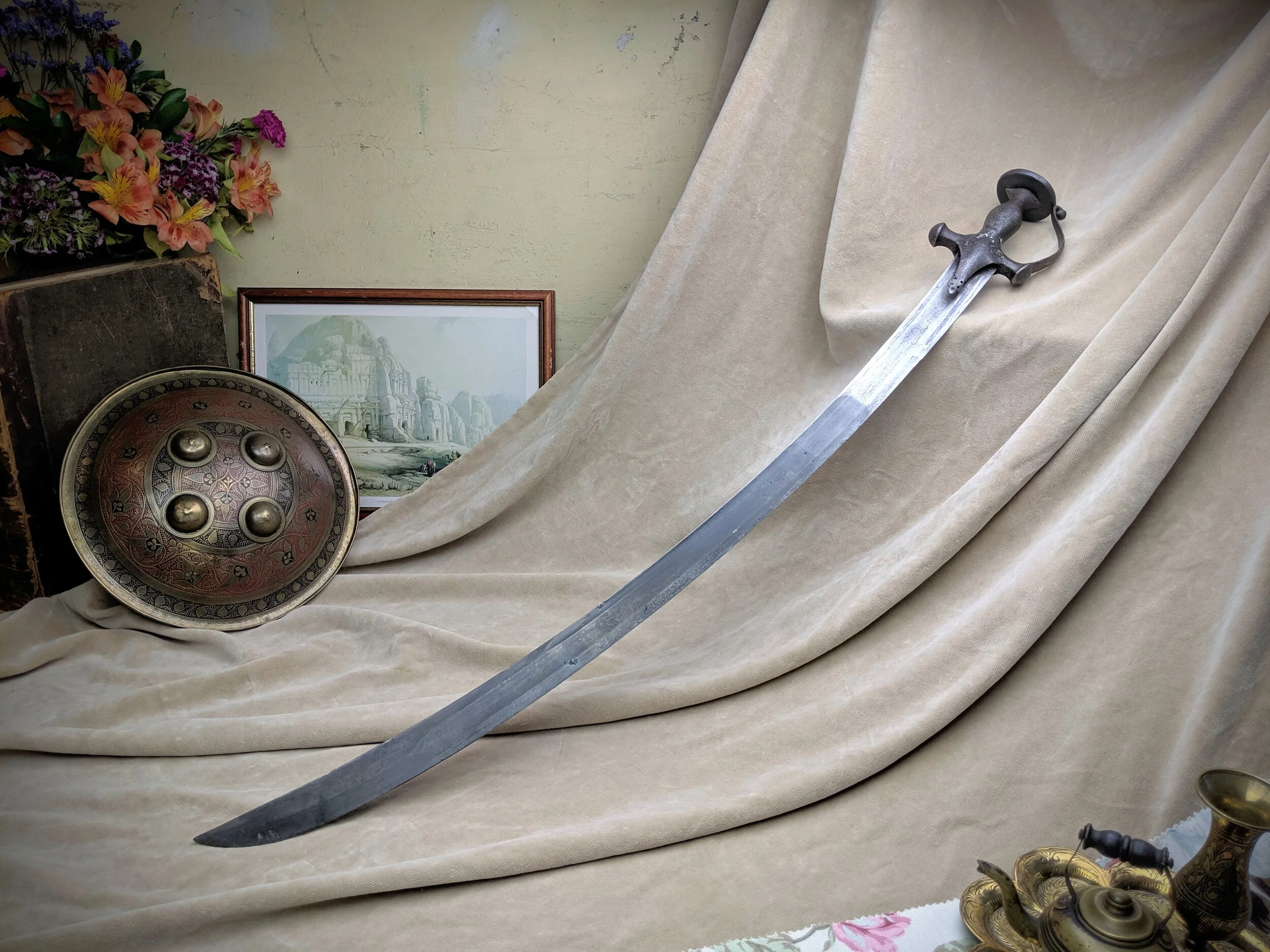Etymology and Origins of the Sword

Sword definition – The sword, an enduring symbol of power and combat, has a rich and multifaceted history that spans civilizations and continents. Its origins can be traced back to the earliest human societies, where it emerged as a tool for hunting, defense, and warfare.
A sword, a weapon of steel, forged in the heat of battle, its sharp edge a testament to the violence it can inflict. Its blade, like a ripe olive, green and plump , ready to be pressed for its bitter oil.
The olive, a symbol of peace and abundance, its fruit a reminder of the bounty that can come from even the most bitter of struggles. And the sword, once again, a reminder of the price that must be paid for that bounty.
The linguistic roots of the word “sword” are equally diverse. In Old English, the term “sweord” referred to a short, double-edged blade. This word is believed to have originated from the Proto-Germanic “swerdan,” meaning “to cut.” Similar cognates can be found in other Indo-European languages, such as the Latin “gladius” and the Greek “xiphos.”
In the realm of combat, a sword is a weapon of great renown, its sharp edge capable of cleaving flesh and bone. Yet, in the whimsical world of Winnie the Pooh , a sword takes on a different guise. There, it becomes a tool for playful adventures, wielded by the honey-loving bear and his friends as they embark on quests for pots of honey and pots of fun.
The Evolution of the Sword
Over the centuries, the sword has undergone significant evolution, driven by technological advancements and cultural influences. In the Bronze Age, swords were cast from bronze, a harder and more durable material than stone. During the Iron Age, iron and steel became the preferred materials for sword production, allowing for the creation of stronger and sharper blades.
The shape and design of swords also varied across different cultures. In ancient Egypt, swords were typically straight and double-edged, while in ancient Greece, swords often featured a curved blade and a single cutting edge. The Japanese katana, renowned for its sharpness and precision, is characterized by its long, curved blade and single-edged design.
Types and Classifications of Swords

Swords, with their diverse forms and functions, have been integral to human history and culture. From ancient battlefields to modern fencing competitions, swords have played a pivotal role in shaping our world.
The classification of swords can be based on various factors, including their blade shape, length, and intended usage. Here is a comprehensive table categorizing different types of swords:
Blade Shape
| Blade Shape | Characteristics | Advantages |
|---|---|---|
| Single-Edged | Sharpened on one side only | Precise cutting, thrusting |
| Double-Edged | Sharpened on both sides | Versatile, can cut and thrust |
| Curved | Blade curves towards the tip | Slicing, slashing |
| Straight | Blade runs straight from hilt to tip | Stabbing, thrusting |
Length
| Length | Characteristics | Advantages |
|---|---|---|
| Short Sword | Blade length less than 24 inches | Close combat, concealed carry |
| Long Sword | Blade length between 24 and 40 inches | Versatile, suitable for both cutting and thrusting |
| Great Sword | Blade length over 40 inches | Two-handed, powerful swings |
Usage
| Usage | Characteristics | Examples |
|---|---|---|
| Cutting Sword | Designed for slashing and cutting | Sabre, Katana |
| Thrusting Sword | Designed for piercing and thrusting | Rapier, Foil |
| Multi-Purpose Sword | Versatile, can be used for both cutting and thrusting | Long Sword, Gladius |
Swordsmanship and Combat Techniques: Sword Definition

Swordsmanship encompasses a vast array of techniques and styles that have evolved throughout history, reflecting the diverse cultures and martial traditions from which they originated. These techniques are not merely a collection of movements but a complex interplay of footwork, stances, and bladework, honed through rigorous training and guided by philosophical principles.
In the realm of swordsmanship, footwork is paramount, allowing the practitioner to move swiftly and nimbly, maintaining balance and control while executing attacks and defenses. Stances, on the other hand, provide a solid foundation from which techniques are launched, offering stability and enabling the swordsman to transition seamlessly between offensive and defensive positions.
Bladework: The Art of the Blade, Sword definition
Bladework is the heart of swordsmanship, involving the intricate manipulation of the weapon itself. It encompasses a wide range of techniques, including thrusts, cuts, and parries, each requiring precision, timing, and an intimate understanding of the blade’s geometry and leverage.
- Thrusts: Direct and piercing attacks that seek to penetrate the opponent’s defenses.
- Cuts: Slashing or slicing motions that aim to sever or wound the adversary.
- Parries: Defensive maneuvers designed to deflect or redirect the opponent’s attacks.
Training Methods and Philosophies
The path to mastering swordsmanship is a rigorous and demanding one, requiring dedication, perseverance, and a deep understanding of the art’s principles. Training methods vary widely across cultures and traditions, but they all share a common goal: to develop the physical, mental, and spiritual attributes necessary for effective combat.
Philosophical teachings play an integral role in swordsmanship, instilling in practitioners a code of honor, respect for opponents, and a profound understanding of the weapon’s potential for both good and evil.
The sword, a timeless weapon of war and self-defense, has evolved through countless battles and technological advancements. Like the quantum pits that trap electrons in tiny layers, the sword’s blade harnesses the energy of its wielder, slicing through flesh and bone with unmatched precision.
Yet, despite its destructive power, the sword remains an enduring symbol of courage and resilience, reminding us of the strength that lies within the human spirit.
In the realm of combat, the sword reigns supreme, its blade a symphony of steel and power. Yet, beyond its lethal purpose, the sword also holds a seductive charm, akin to the allure of Rihanna’s melodies. Like the songs that captivate our hearts, the sword wields an intoxicating power, its presence evoking a primal thrill that echoes through the ages.
The sword, a weapon of war and symbol of power, has a long and storied history. Its definition has evolved over time, from the simple blade of ancient times to the complex and sophisticated weapons of today. To explore the many facets of the sword, consider reading the nyt connections hint , which offers a comprehensive overview of the weapon’s history, symbolism, and cultural significance.
This resource provides valuable insights into the evolution of the sword, from its humble beginnings to its present-day status as a powerful symbol of strength and authority.